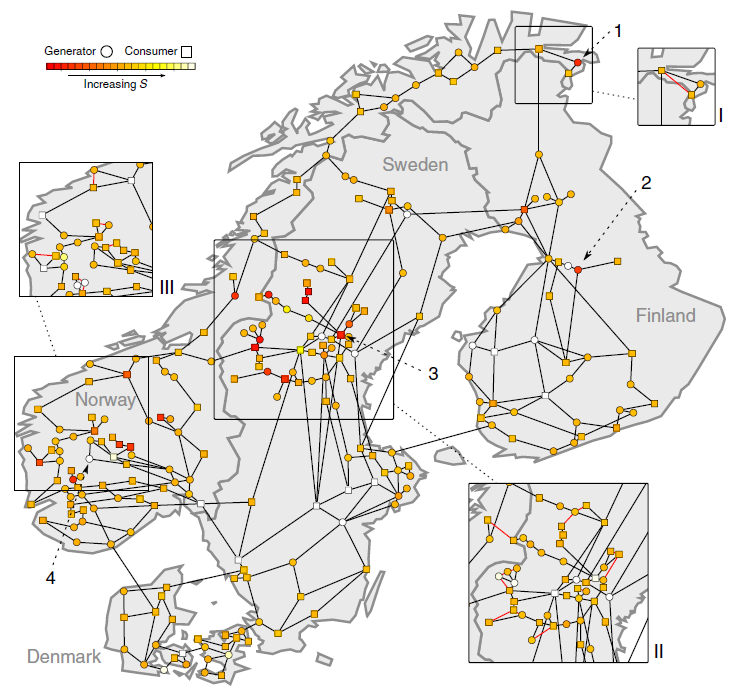There are some exciting news concerning Nature Communications (where I am the Deputy Editor): it has been announced today that in a few weeks, on 20 October 2014, the journal will become fully open access – becoming the first Nature-branded open access journal. What this means is that any manuscript submitted after that date will be published under an open access licence, subject to an article processing charge. Papers published earlier retain their existing licence, and authors of papers under consideration prior to that date will still have a choice between the subscription and open access model. Regardless, from 20 October 2014 onwards the journal will make a transition to become fully open access. More details can be found in the related press release.
The default licence choice for these articles will be Creative Commons CC-BY 4.0. Although other licence types are available upon request for the same article processing charge, the CC-BY licence is the preferred licence type by many funding agencies and supporters of the open access model. It is also the licence under which this blog is published.
All in all, I believe this is a fantastic step for open access publishing, and am really excited to see this transition. Building on the existing success of the journal, it establishes Nature Communications as Nature’s flagship multidisciplinary open access journal!




September 23, 2014
1 Comment